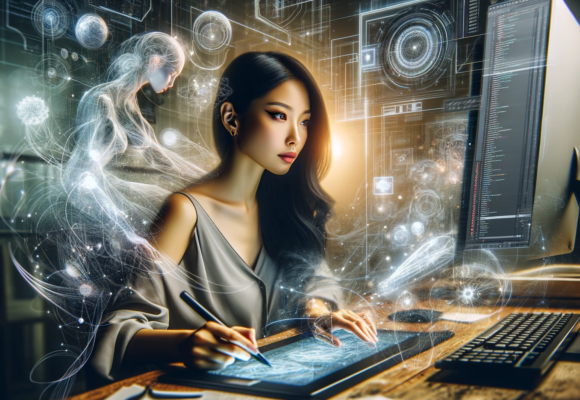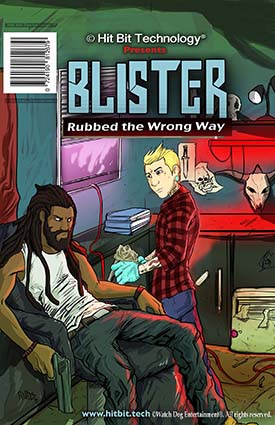The impact of artificial intelligence (AI) on graphic design and graphic designers over the next decade is poised to be profound and multifaceted. AI technologies are expected to transform the landscape of graphic design by automating routine tasks, enabling more personalized and efficient design processes, and opening new creative possibilities. However, these advancements will also present challenges, particularly in terms of job displacement, the role of creativity, and the skills required by future designers. Here is a summary of the anticipated effects:
Automation of Routine Tasks
AI will automate many of the routine and time-consuming tasks in graphic design, such as resizing images, color correction, and basic layout creation. This will free up designers to focus on more creative and complex aspects of their projects. Automation could also lead to faster turnaround times for design projects, increasing productivity and efficiency within the industry.
Enhanced Creativity and Experimentation
AI tools will offer graphic designers new ways to experiment and express their creativity. With AI-driven software, designers can explore a broader range of design options, styles, and ideas more quickly than ever before. These tools can generate suggestions and variations, pushing designers to explore new creative territories. AI’s ability to analyze and learn from vast datasets of design elements will also enable the creation of innovative designs that might not have been conceived by human designers alone.
Personalization at Scale
AI will enable graphic designers to create highly personalized content at scale. By analyzing data on user preferences and behaviors, AI can help designers tailor their creations to meet the specific tastes and needs of individual users or audience segments. This level of personalization will be particularly impactful in fields like marketing and user interface design, where engaging the target audience in a meaningful way is crucial.
Skill Shift and New Roles
As AI takes over more technical and repetitive tasks, graphic designers will need to adapt by developing new skills. There will be a greater emphasis on strategic thinking, creativity, and understanding how to leverage AI tools effectively. Additionally, new roles may emerge within the field, such as AI design specialists who focus on training and working alongside AI systems to achieve optimal design outcomes.
Challenges and Ethical Considerations
The integration of AI into graphic design raises several challenges and ethical considerations. One concern is the potential for job displacement, particularly for tasks that can be fully automated by AI. There’s also the issue of originality and copyright, as AI-generated designs could potentially replicate existing works without proper attribution. Designers and organizations will need to navigate these issues carefully, establishing guidelines for the ethical use of AI in graphic design.
Collaboration Between AI and Designers
The future of graphic design with AI is likely to be characterized by collaboration rather than competition. AI will serve as a tool that amplifies human creativity and efficiency, rather than replacing the human element. The most successful designs will come from a synergy between AI’s capabilities and the designer’s creative vision and expertise.
Conclusion
Over the next decade, AI is set to revolutionize the field of graphic design, offering new tools for creativity, personalization, and efficiency. While these changes promise to enhance the design process and the quality of output, they also pose challenges that will require designers to adapt and evolve. The future of graphic design will likely be a blend of human creativity and AI’s analytical power, leading to innovative designs that were previously unimaginable. As the industry navigates this transformation, the focus will be on leveraging AI to enhance the creative process while addressing the ethical and practical challenges that arise.


 12 Feb 2024
12 Feb 2024
 Posted by Watchdog Ent.
Posted by Watchdog Ent.  0 Comment
0 Comment 









